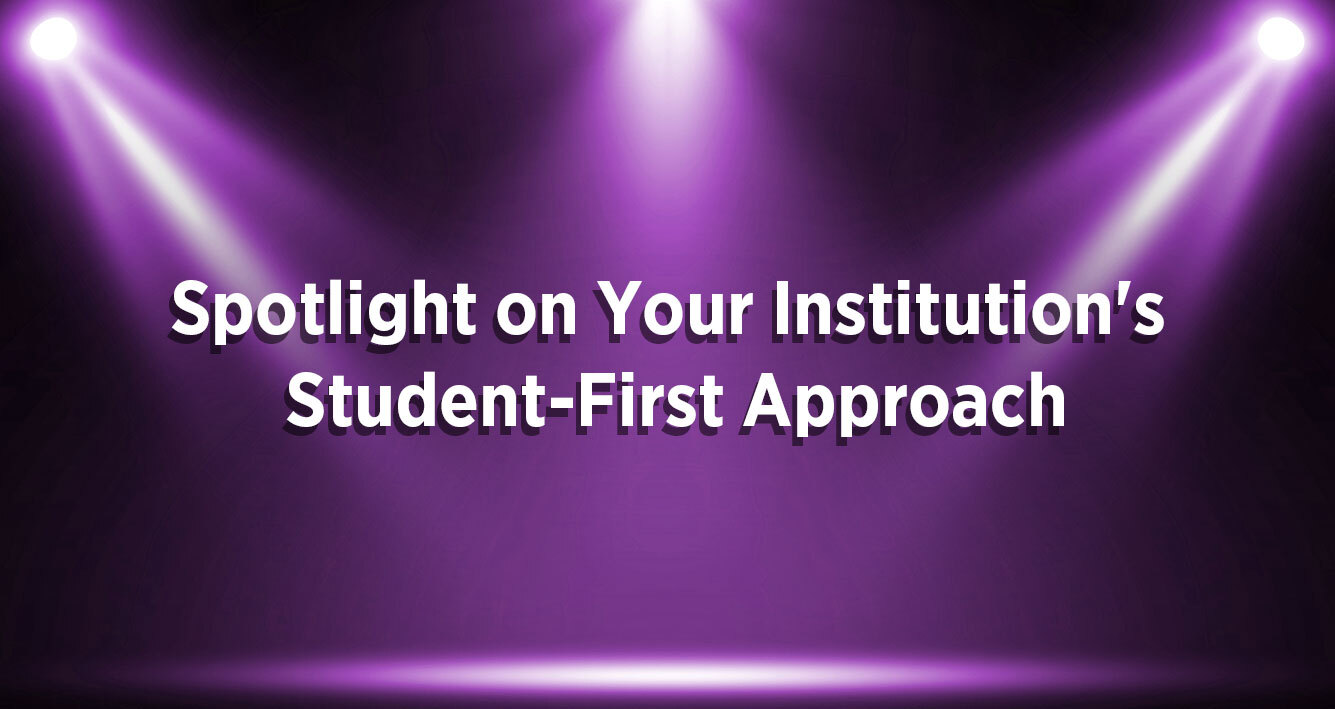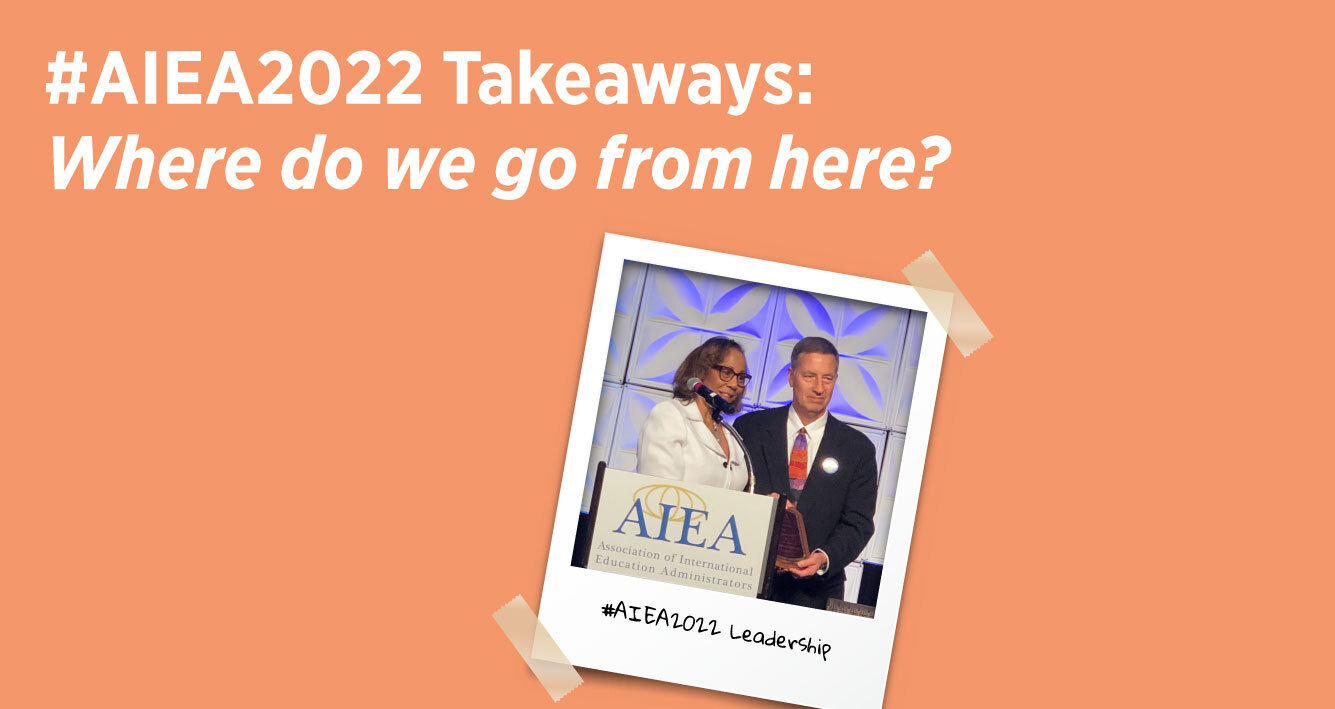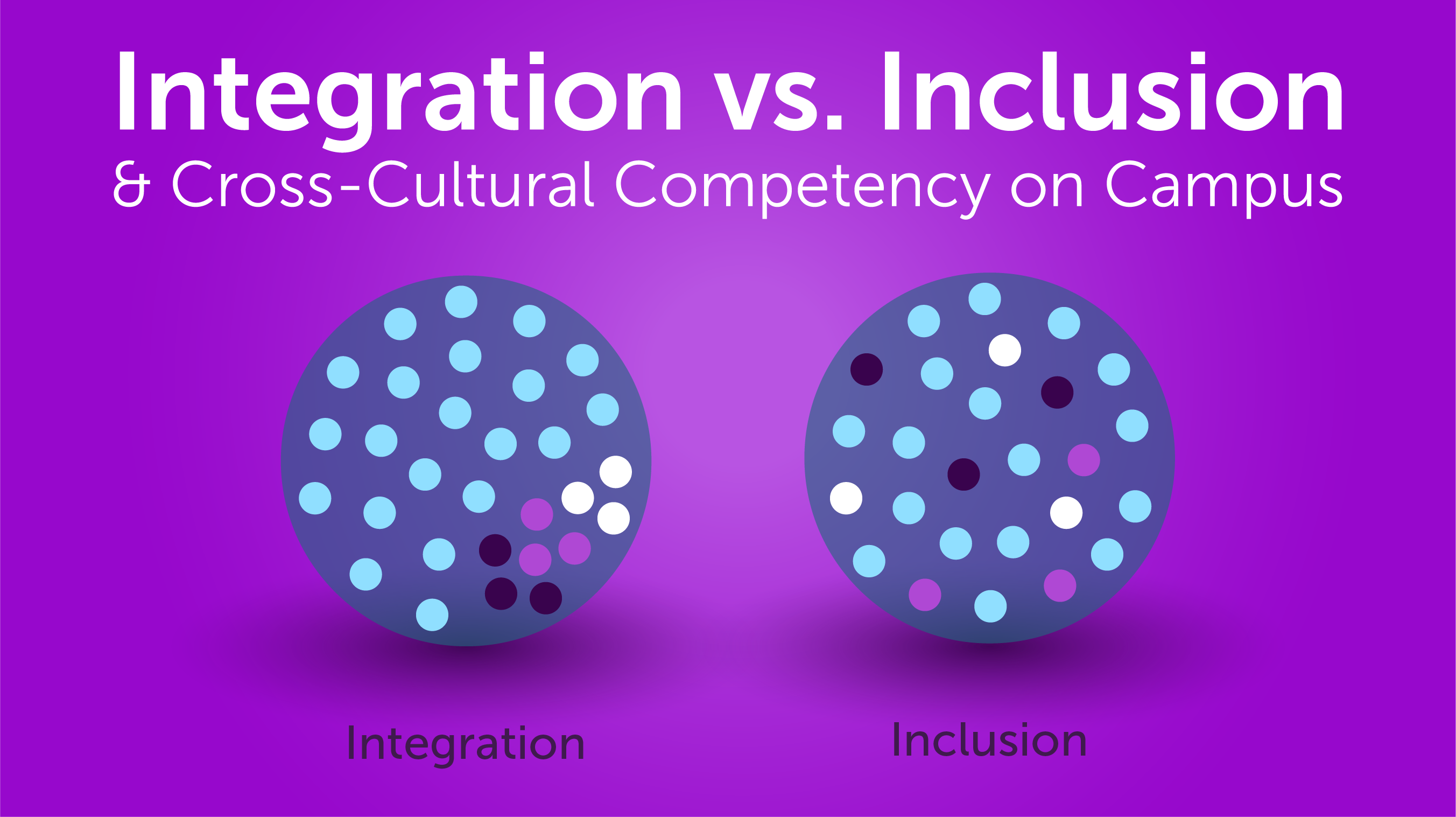We recently talked with students past and present from Vietnam to Bangladesh and heard encouraging stories.
- A professor hand-delivered a recommendation during the early phase of the pandemic.
- A class specifically designed around a student’s pursuits.
- A helpful phone call to a trusted member of the international student services team when tragedy struck.
Stories that embody the kind of student-first experience we all imagine we provide to our students. It’s the kind of experience we certainly all tell the world of prospective students (and parents) that we will deliver.
The reality, unfortunately, is often quite different. Blame branding or the bottom line (lack of resources), but the undeniable truth is that competing priorities often win out over the well-founded ideal of student-first.
Today’s post is not a how-to on making your website user-friendly. Today we put a spotlight on the policies and actions that put students first. We’re looking at what is undermining your institutional integrity and how you can address it. And trust us, students are well aware of how well your institution delivers on the promise of student-first. And they tell stories. So, yes, this post is enrollment marketing-focused.
When you delight, they gush with positive word-of-mouth support. And when you fail, they tell that story too.
To offer deep perspective on this topic, in addition to our own experience, we tapped a few colleagues who know more than a thing or two about fostering the student-first mindset:
- David Hautanen, Vice President for Enrollment Management at St. Mary's College of Maryland
- Jessica Sandberg, Dean of International Enrollment Management at Duke Kunshan University
- Jewell Green Winn, Senior International Officer of International Affairs at Tennessee State University (and newly appointed chair of AIEA)
- Brad Farnsworth, Principal of Fox Hollow Advisory and former Vice President at the American Council for Education (ACE)
They each had great perspective on the subject. We are so appreciative of their time and the insights shared. You, our readers, are the beneficiaries of their wisdom.
Read on to learn concrete actions you can take now to help ensure your enrollment program is student-first. Is this post a good one to share with your leadership? Uhm, yes.
Read More




